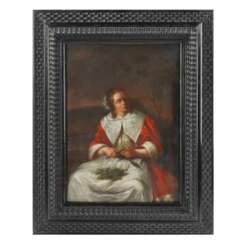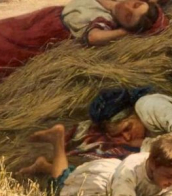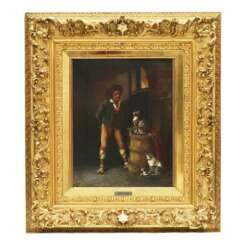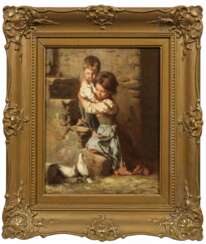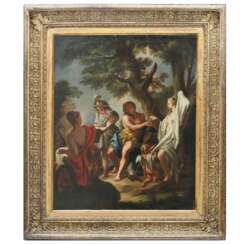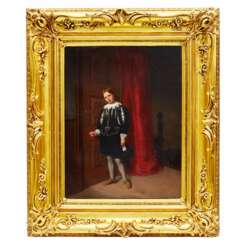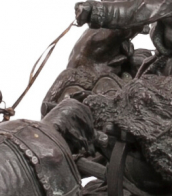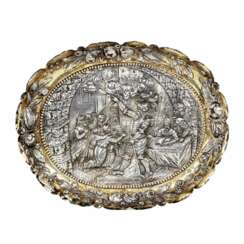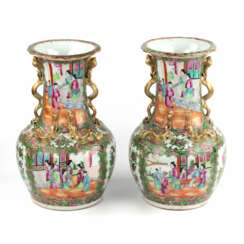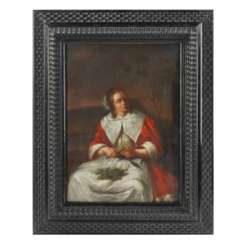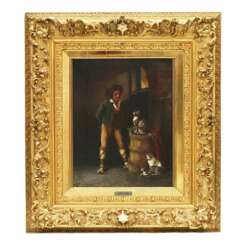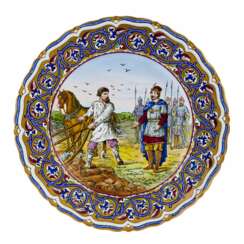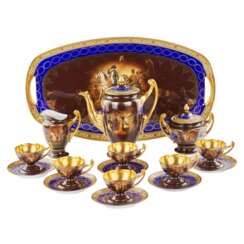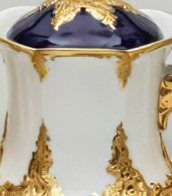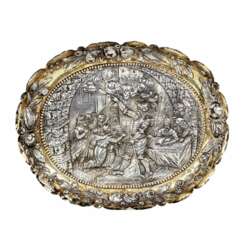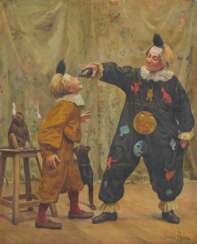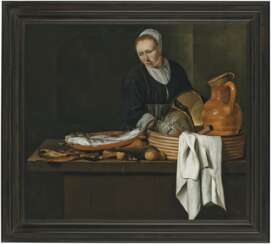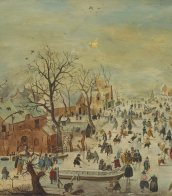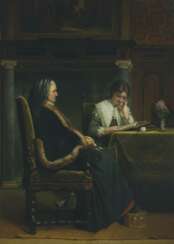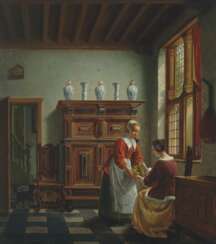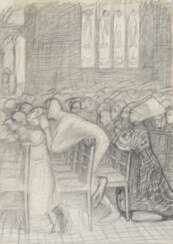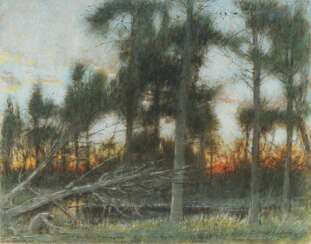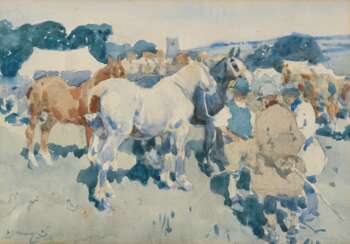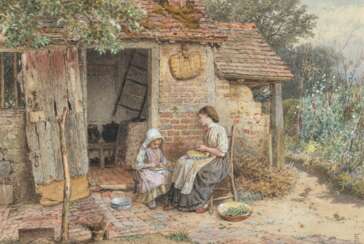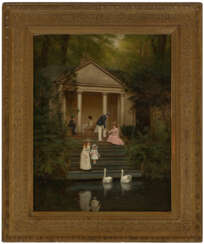жанровая сцена
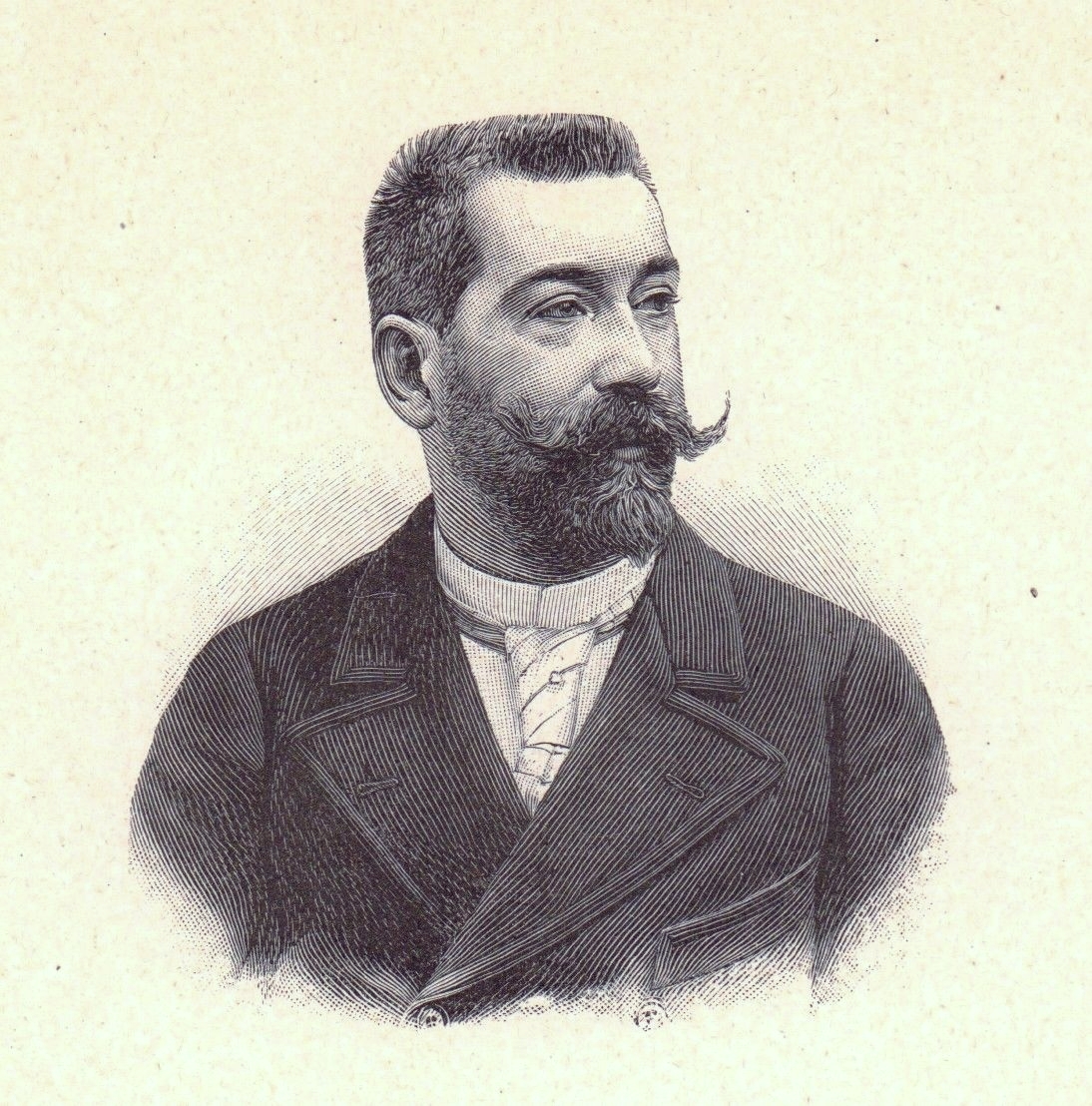
Paul Charles Chocarne-Moreau is a French painter.
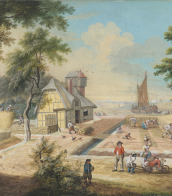
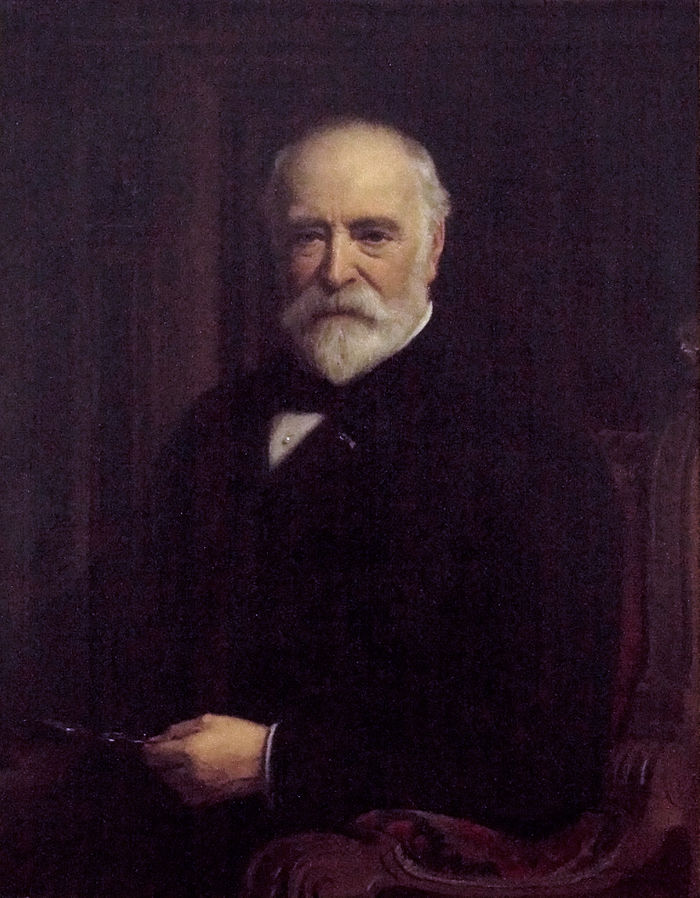
Hendrik Jacobus Scholten was a 19th-century painter from the Netherlands. He was a pupil of Petrus Franciscus Greive and Lambertus Johannes Hansen. In 1852 he became a member of the Royal Academy of Art in Amsterdam, and was a member of the Amsterdam art societies Arti et Amicitiae, Kunstbevorderend Genootschap V.W., and Vereeniging Sint Lucas. He was also a member of art societies in other towns. He became art curator of the Teylers Stichting in 1872, which manages the art collection of the Teylers Museum. In that capacity he wrote a catalog of the museum's collection, that was published in 1904. He painted several paintings that hang in the museum's galleries, as well as decorations in the Teyler's fundatiehuis, where he lived and worked from 1863 until his death.
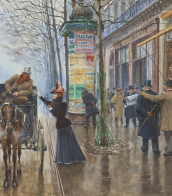
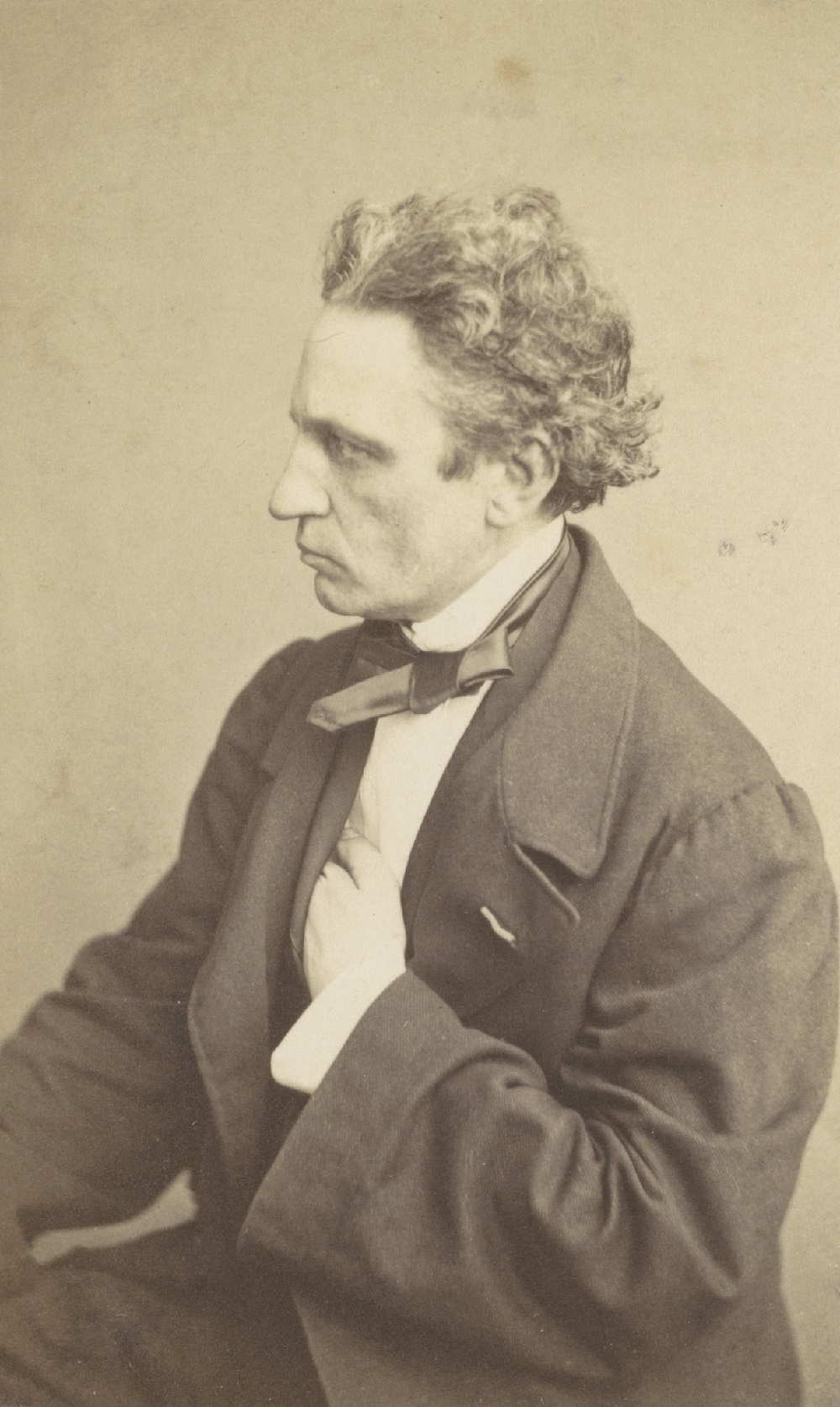
Hubertus (Huib) van Hove was a Dutch painter, son of Bartholomeus van Hove and teacher of some of the painters who later became members of the Hague School.
Hubertus van Hove began as a landscape painter, but his best works belong to other genres. Van Hove's love of colour and bright light was evident in his domestic scenes in the style of Pieter de Hoch, depicting street views viewed through the door of a room or kitchen. The Teyler Museum holds a superb example of his work The Knitter, a painting with a lively composition and a brighter and fresher colouring.

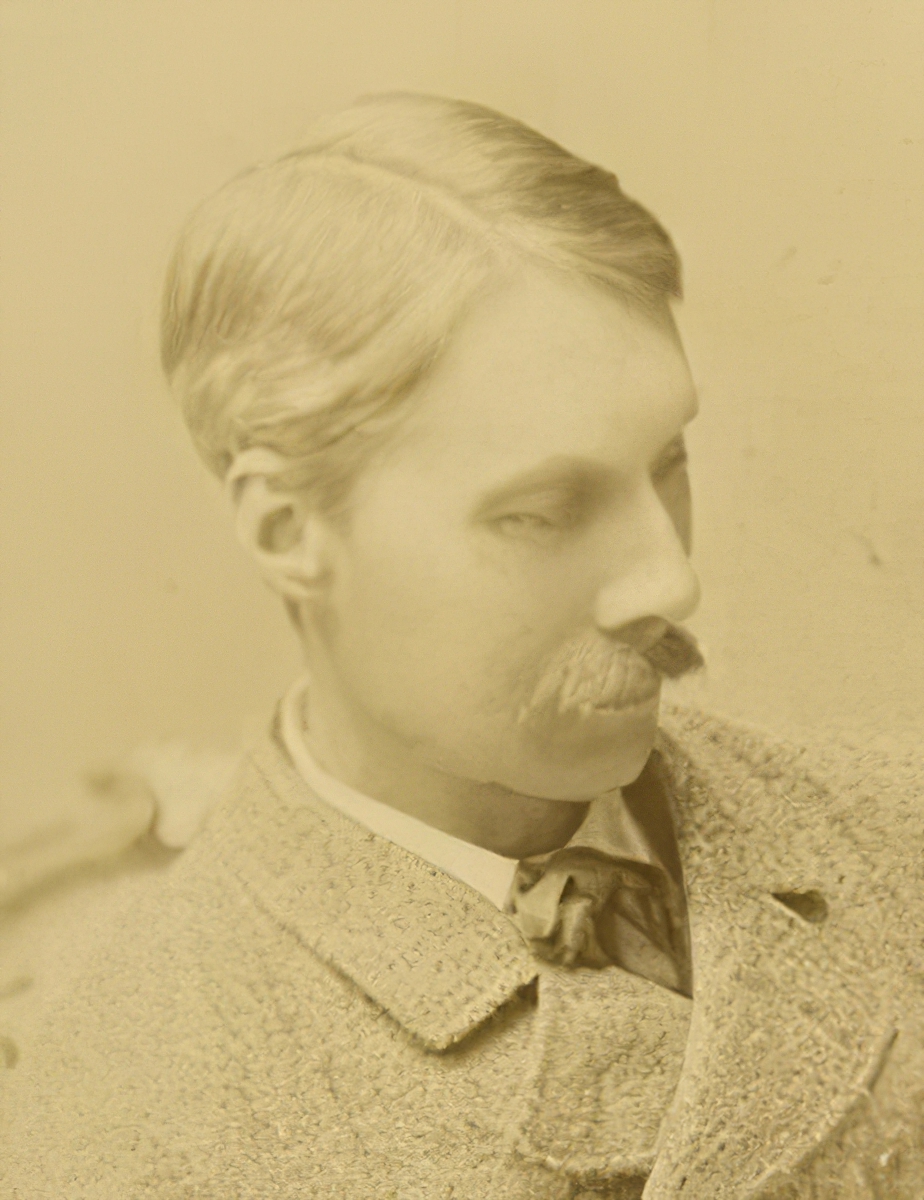
Albert Goodwin was a British landscapist specialising in watercolours. His work shows the influences of Turner and the Pre-Raphaelite Brotherhood.
Goodwin was a prolific artist, producing over 800 works and continuing to paint well into his eighties. His wide variety of landscape subjects reflected his love of travel and show the influence of Turner, with whom he felt a strong affinity. In later works he developed experimental techniques such as using ink over water color to achieve atmospheric lighting effects. His works are also an important record of social history.

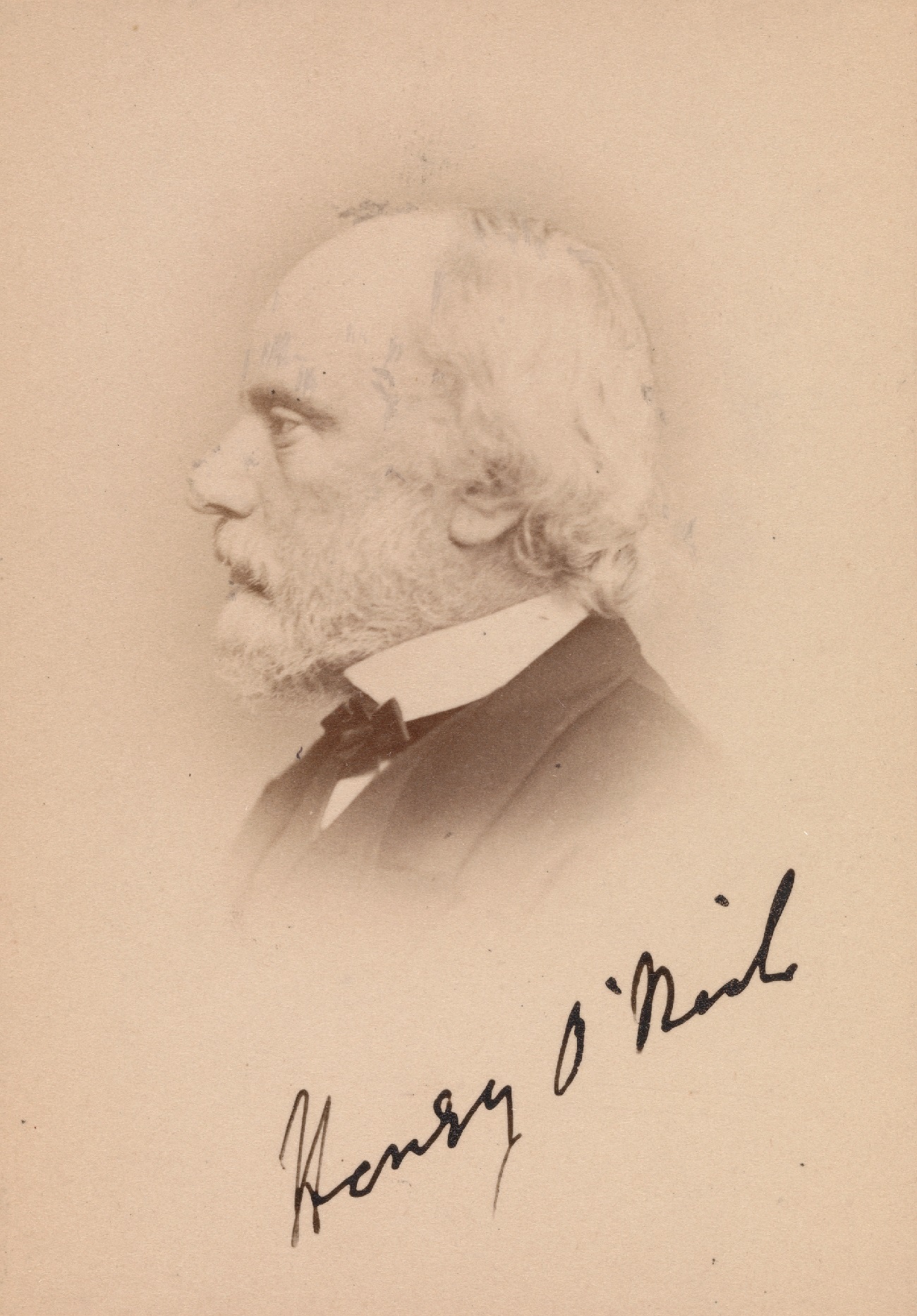
Henry Nelson O'Neil was a historical genre painter and minor Victorian writer. He worked primarily with historical and literary subjects, but his best-known paintings dealt with the Indian Mutiny.

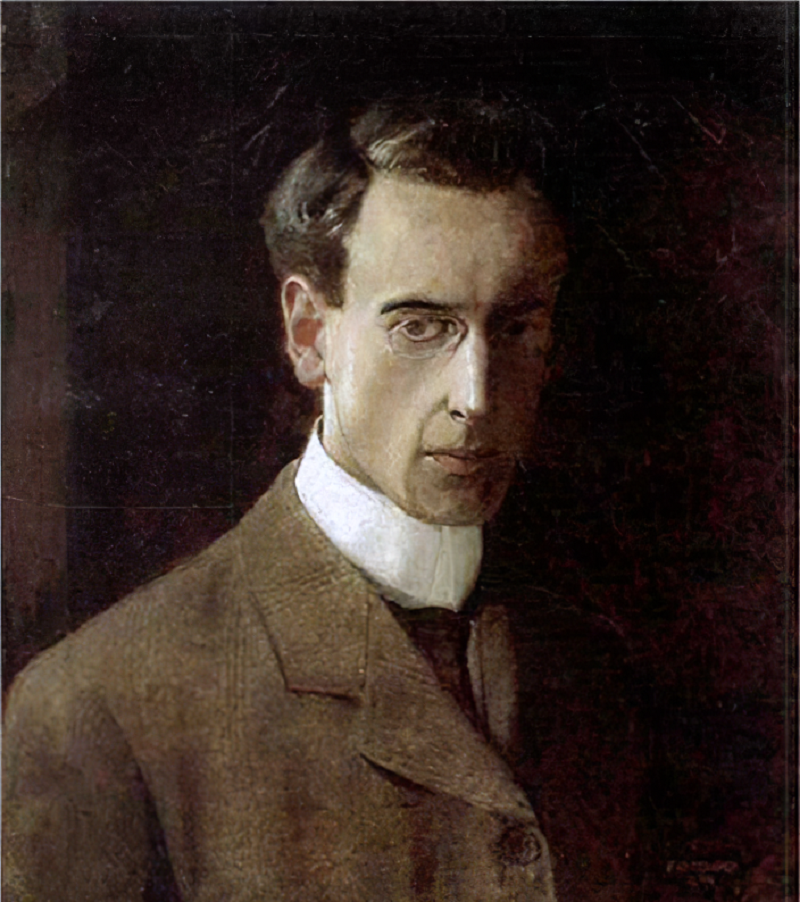
Frank Cadogan Cowper was an English painter and illustrator of portraits, historical, and literary scenes, described as "The last of the Pre-Raphaelites".


Albert Goodwin was a British landscapist specialising in watercolours. His work shows the influences of Turner and the Pre-Raphaelite Brotherhood.
Goodwin was a prolific artist, producing over 800 works and continuing to paint well into his eighties. His wide variety of landscape subjects reflected his love of travel and show the influence of Turner, with whom he felt a strong affinity. In later works he developed experimental techniques such as using ink over water color to achieve atmospheric lighting effects. His works are also an important record of social history.

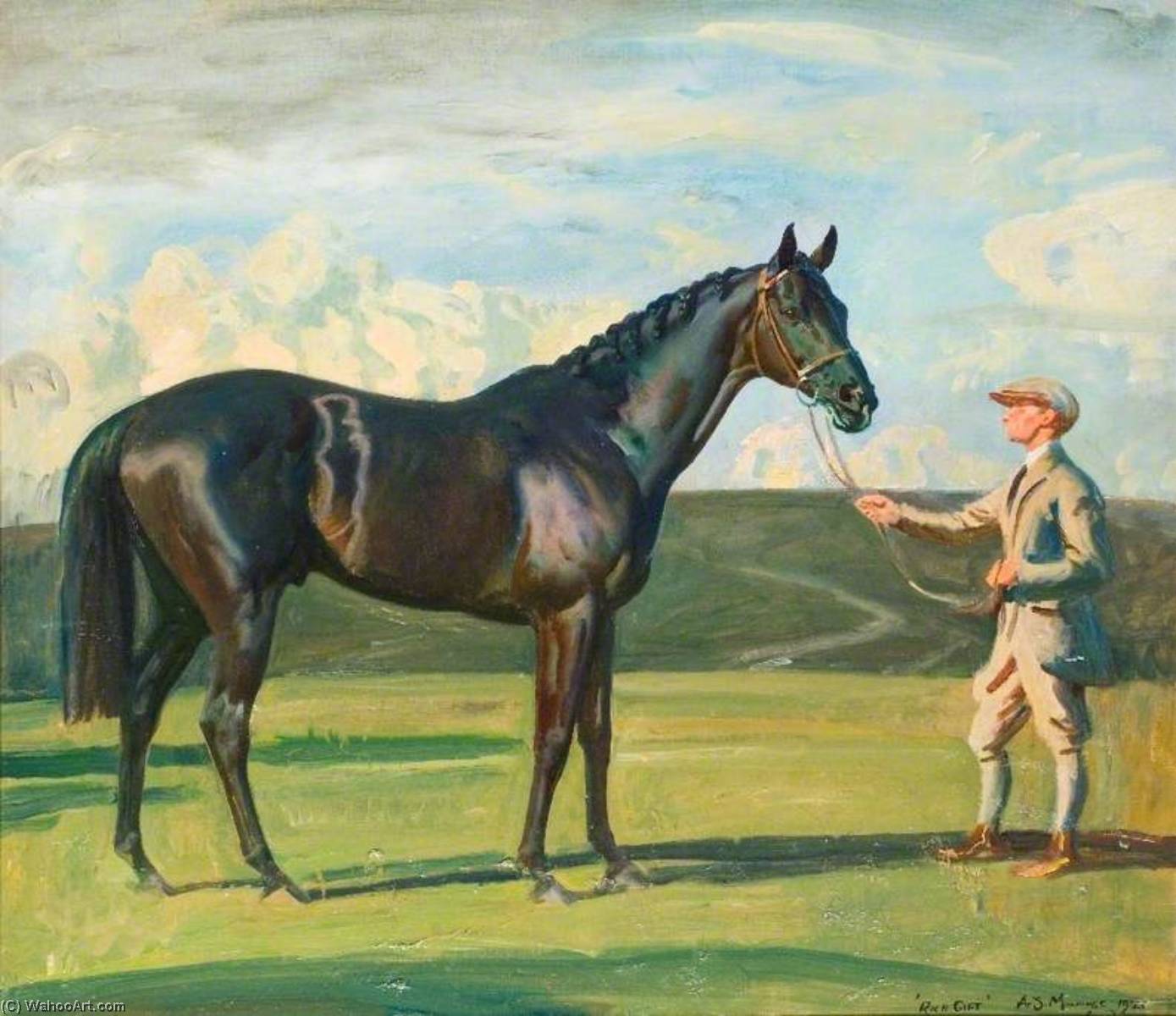
Alfred James Munnings was known as one of England's finest painters of horses, and as an outspoken critic of Modernism. Engaged by Lord Beaverbrook's Canadian War Memorials Fund, he earned several prestigious commissions after the Great War that made him wealthy. Between 1912 and 1914 he was a member of the Newlyn School of artists. His work was part of the art competitions at the 1928 Summer Olympics, the 1932 Summer Olympics, and the 1948 Summer Olympics.
Munnings was president of the Royal Academy of Arts from 1944 until his death.

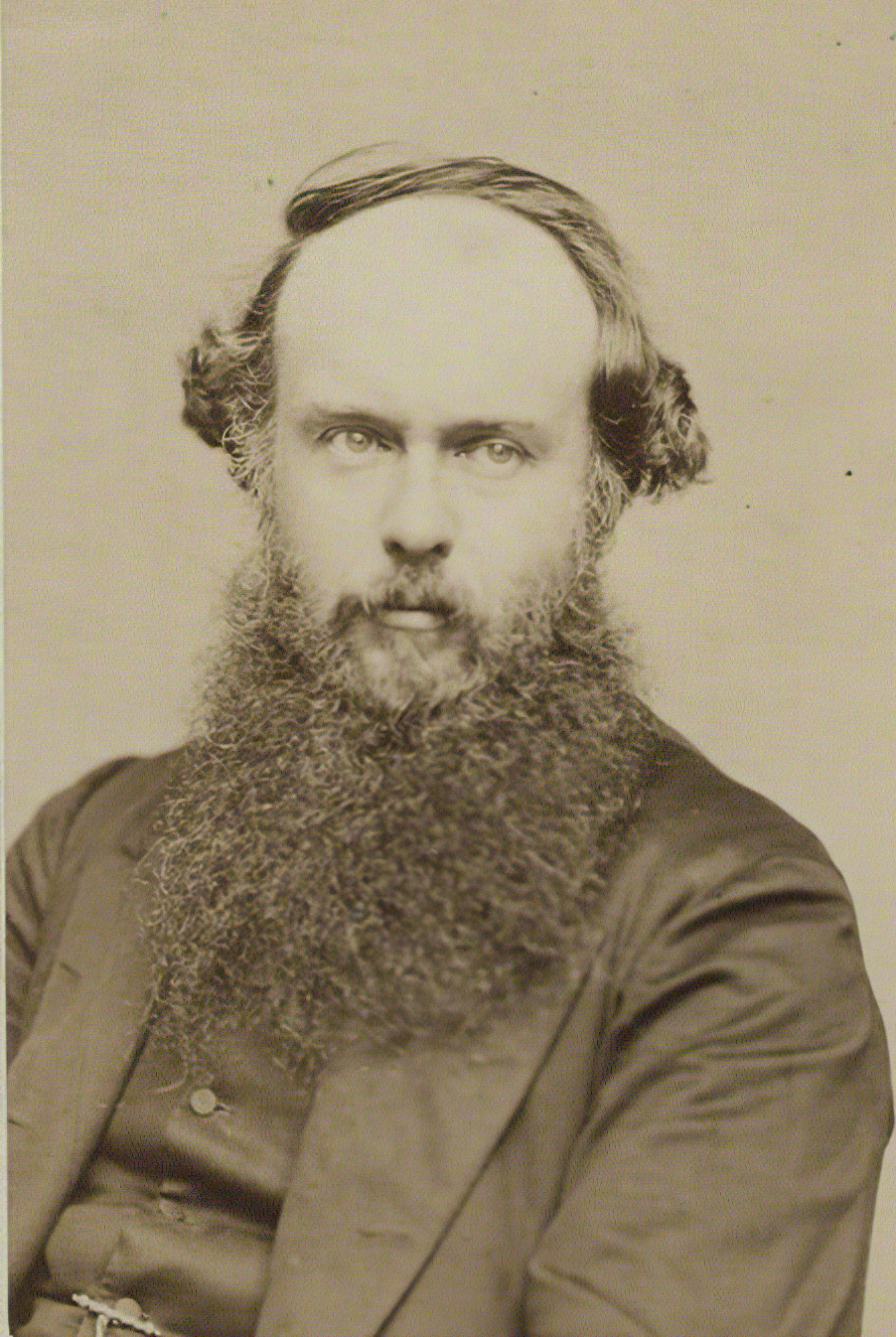
Myles Birket Foster was a British illustrator, watercolourist and engraver in the Victorian period.


Myles Birket Foster was a British illustrator, watercolourist and engraver in the Victorian period.

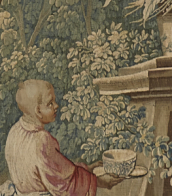
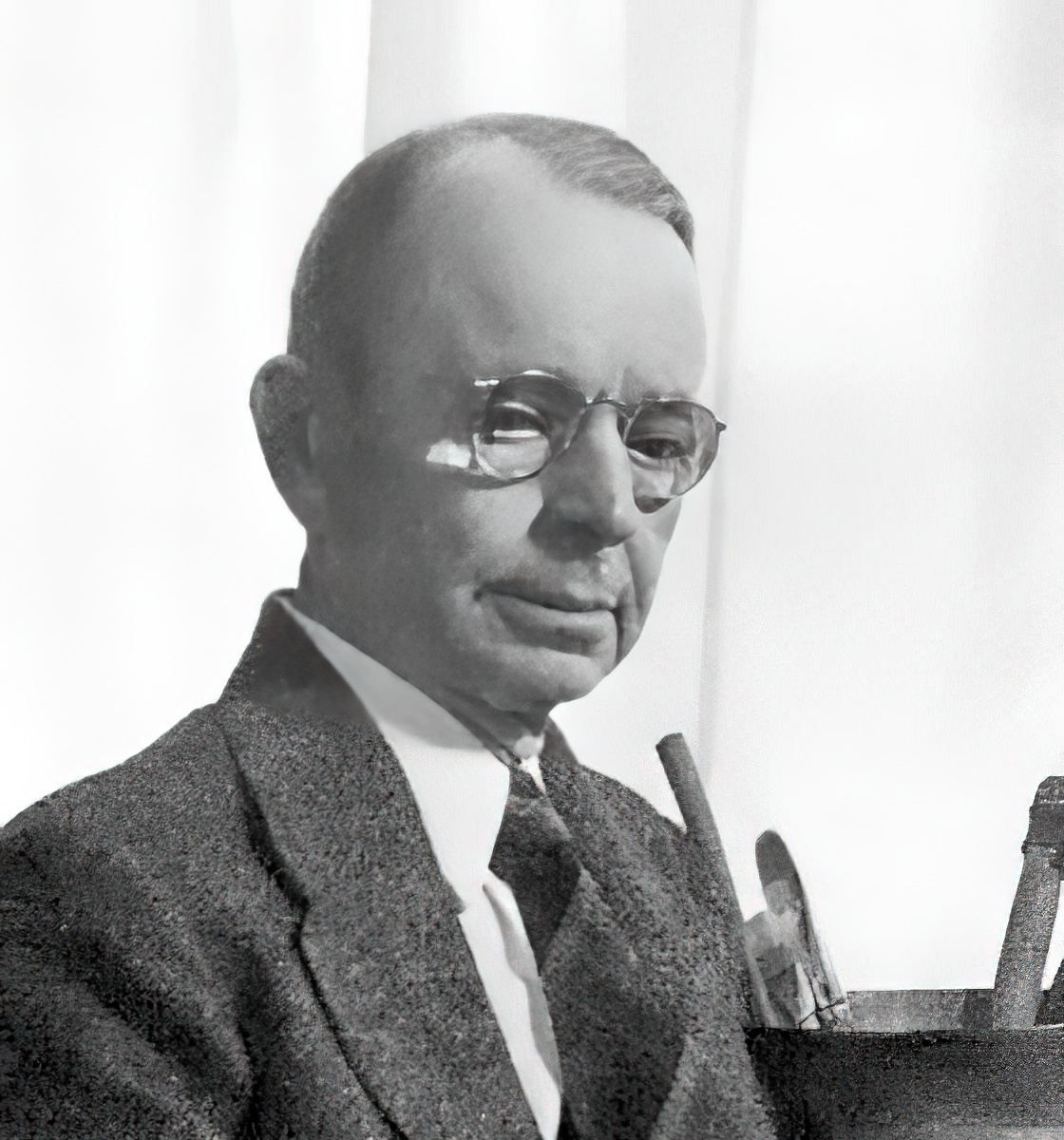
Oscar Edmund Berninghaus was an American artist and a founding member of the Taos Society of Artists. He is best known for his paintings of Native Americans, New Mexico and the American Southwest. His son, Charles Berninghaus (1905–1988), was also a Taos artist.

